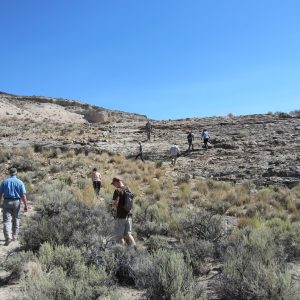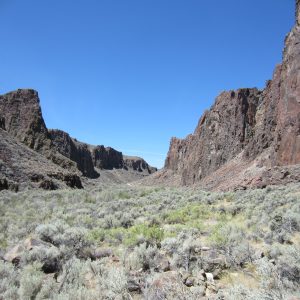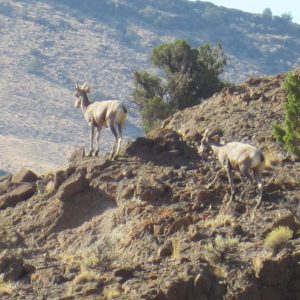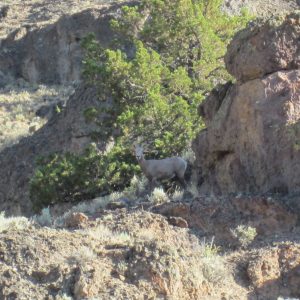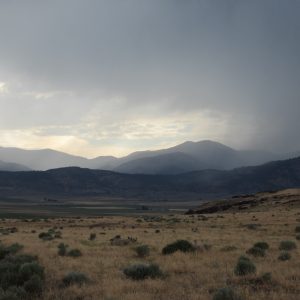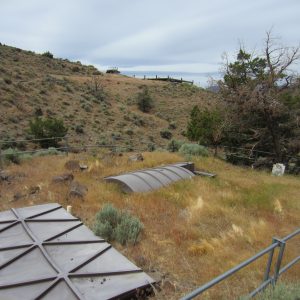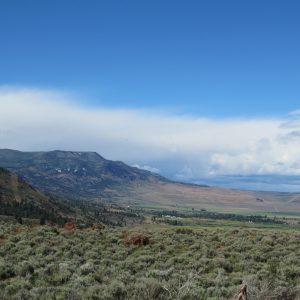Hello everybody a little late but it’s sure here. My first blog entry for my second CLM internship. This time I got a botany position with the botanist at Vernal, Utah BLM Field Office. My first weeks here went by really fast and it was all fun. First day, of course some paperwork, a few trainings and certifications and get all the gear ready for the rest of the week. We would be rafting/floating in the White River, a river originating in Colorado from snow meltdown. The project in the river consists of removing non-native shrub and tree species, in this case Tamarix ramosisima and Elaugnus angustifulia, salt-cedar and Russian olive respectively. The removal of this species will improve native wildlife habitat. Our team consisted of two wildlife biologists, our mentor and botanist Jessi, fellow CLM intern Dani, and myself. The wildlife crew would take us to the spots where treatments would be applied and then plants crew (us) went in and assessed the area to try to come up with a monitoring plan for before and after treatment plots.
The following week I starting out by going out in the field with the weeds tech Jim. The plan of the day was to spray with herbicide the invasive species white top, which mostly occurs in riparian areas. The first half of the day went well but after we returned to the truck and loaded the UTV spraying vehicle, we noticed we were missing a pin from the trailer gate. We had to go back to town get it fixed before any serious damage happened. After we fixed that we went out and did a little more spraying. During this week I also completed another certification. Then I explored the Seeds of Success database from previous years’ collection seasons and tried to figure out where to start scouting/collecting this season’s seeds. We ended the week by touring around the Vernal BLM resource area with two biologist from the US Fish and Wildlife Service Utah state office who were interested in seeing the work and progress being done in the conservation-monitoring of various sensitive species; a few of them were two species of penstemon as well as two different species of barrel cacti; Sclerocactus wetlandicus and Sclerocactus brevispinus.
So far this internship looks promising for a fun and learning work experience in the conservation and natural resource management field.
Until next time!
Hector Elias
2014 CLM Intern
BLM Vernal Field Office
Vernal, Utah





